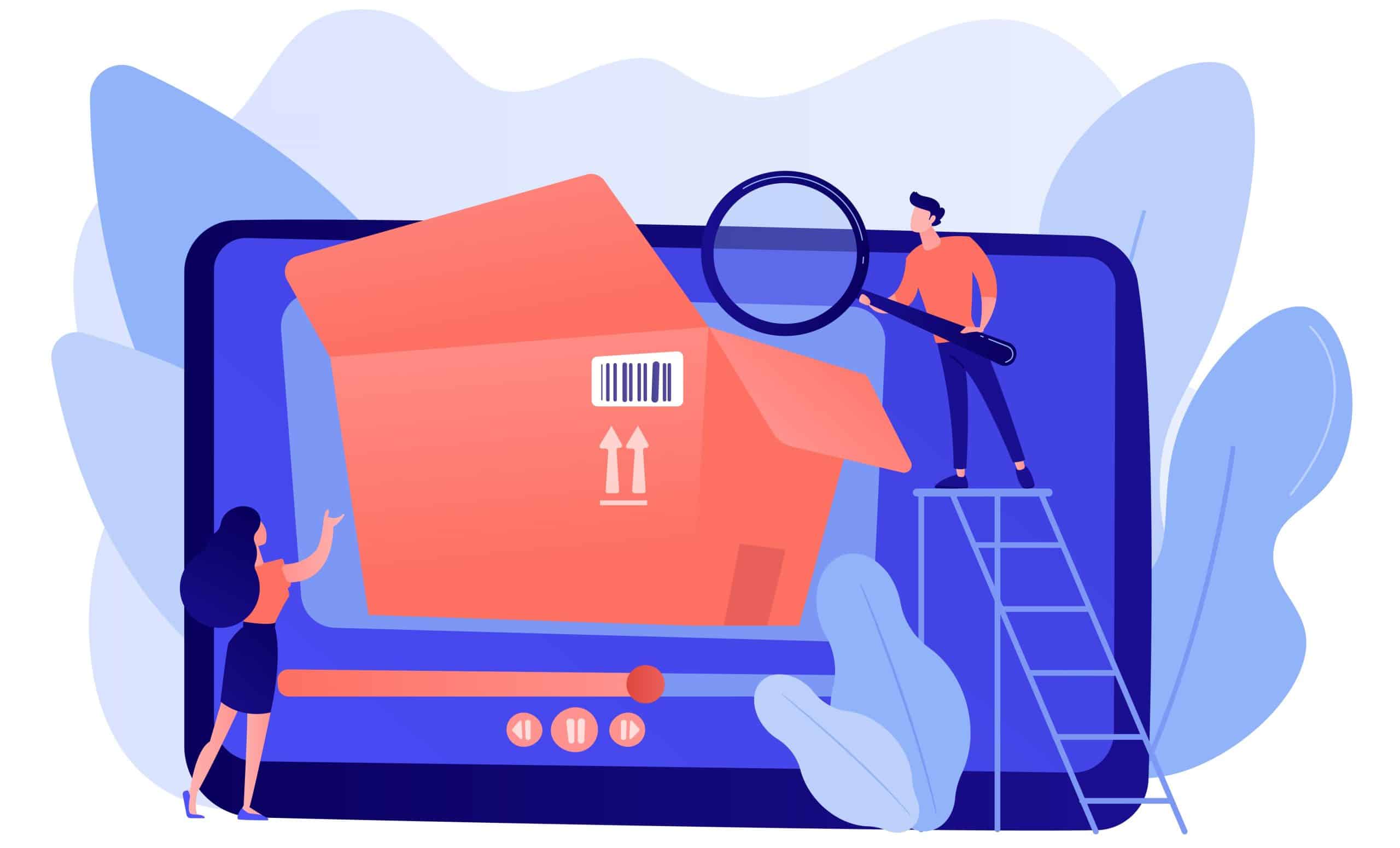
Abandoned orders are a common challenge for eCommerce businesses, and Shopify provides robust tools to help store owners recover lost sales. However, for software developers working with Shopify, abandoned orders present an opportunity to build automated solutions, integrate third-party services, and optimize store performance through data-driven insights.
In this article, we’ll explore the technical aspects of handling abandoned orders in Shopify. We’ll discuss how developers can leverage Shopify’s API, automation tools, and custom scripts to track, analyze, and recover abandoned checkouts efficiently. Whether you're developing a custom Shopify app, working on a theme modification, or integrating with external CRM and marketing platforms, understanding abandoned orders will help you create more effective eCommerce solutions. Let’s dive into the technical details and best practices for managing abandoned orders in Shopify.
What are Abandoned Orders on Shopify?
In Shopify, abandoned orders refer to orders that were initiated by customers but were not completed or finalized. Specifically, this happens when a customer adds items to their cart, proceeds to the checkout process, and then leaves the site without completing the payment. These abandoned orders are valuable for merchants because they represent potential sales that did not materialize, and recovery strategies can be implemented to encourage customers to finalize their purchases.
For software developers, working with abandoned orders involves using Shopify's API to programmatically retrieve and manage abandoned checkout data, and possibly building features that help merchants recover abandoned sales. Here's a breakdown of how abandoned orders are relevant in Shopify development:
- Abandoned Checkouts API:
- The customer's contact information (if available);
- Products added to the cart;
- Discounts or coupon codes applied;
- The status of the checkout (whether the customer completed it later or it remained abandoned).
- Managing Abandoned Checkouts:
- Track abandoned checkouts: Retrieve abandoned checkout data to analyze patterns of abandonment;
- Automate recovery emails: Developers can create scripts or integrations to send follow-up emails or push notifications to customers who abandoned their carts;
- Shopify allows this through its Shopify Email API or third-party integrations;
- Recovery offers: Some apps or custom implementations offer recovery offers (like discounts) to encourage customers to complete their purchase.
- Abandoned Checkout Webhooks:
- Reporting and Analytics:
- Third-Party App Integration:
- Custom Features:
- Customize the abandonment process by deciding when and how they want to reach out to customers;
- Segment customers to send targeted recovery emails based on the value of the abandoned cart, product types, or customer history.
Shopify provides an Abandoned Checkouts API that allows developers to access and manage abandoned checkout data. This includes information, such as:
Developers can create solutions for merchants to:
Shopify offers webhooks to notify developers of abandoned checkouts in real-time. When an abandoned checkout occurs, the webhook sends an alert containing information about the abandoned checkout, so the developer or merchant can take action.
Developers may build custom reports or integrate with analytics tools to track abandoned checkouts over time, identify trends, and measure the effectiveness of recovery efforts. By leveraging the Shopify Analytics API or third-party platforms, developers can provide insights to improve conversion rates.
Many merchants use third-party apps to handle abandoned cart recovery. Developers can integrate these apps with Shopify stores to enhance functionality, including adding automated workflows, offering special discounts, or syncing with email marketing tools.
Developers can also build custom features for merchants to:
Key Resources for Developers:
- Shopify Admin API: For working with orders and checkouts;
- Shopify Webhooks: To track abandoned checkouts in real-time;
- Shopify Liquid: For customizing email templates or recovery notifications;
- Shopify Plus: Offers additional features for abandoned cart recovery like advanced automation.
In essence, abandoned orders or checkouts are a crucial part of eCommerce operations, and for developers, they present an opportunity to build tools that help merchants reduce cart abandonment and boost conversion rates.

Why Do Developers Need Access to Abandoned Orders in Shopify?
For software developers working with eCommerce platforms like Shopify, access to abandoned orders or abandoned checkouts is crucial for building solutions that help merchants recover lost sales, enhance customer experience, and optimize marketing strategies. Abandoned orders represent a key point in the customer journey, and having access to this data opens up numerous opportunities for developers to build value-driven tools and automations.
Here are the main reasons why developers need access to abandoned orders:
- Automating Cart Recovery:
- Enhancing Customer Retargeting and Personalization:
- Analyzing Conversion and Abandonment Rates:
- Integrating with Other Systems (ERP, CRM, and other systems):
- Building Third-Party Apps for Shopify:
- Improving the Customer Experience:
- Supporting Multiple Shopify Stores:
One of the most direct benefits of accessing abandoned orders is the ability to automate the recovery process. Developers can build tools or apps that automatically trigger actions when a customer abandons a cart, such as sending personalized emails, SMS messages, or push notifications to remind them to complete their purchase.
Access to abandoned checkout data allows developers to personalize marketing efforts. By retrieving data like the customer’s contact information, cart contents, and time of abandonment, developers can integrate this data into CRM systems or marketing automation platforms (Mailchimp, Klaviyo, HubSpot).
Understanding why customers abandon their orders is essential for merchants to optimize their checkout experience. Developers can use abandoned order data to build analytics dashboards that track abandonment rates over time, segment by customer behavior, or identify patterns (product-related, time of day). This helps store owners identify areas for improvement.
For developers creating custom applications, access to abandoned checkout data allows for seamless integration with other systems, including Enterprise Resource Planning (ERP), Customer Relationship Management (CRM) tools, and email marketing platforms. This ensures that abandoned checkout data is properly synced and used across different business operations.
Shopify app developers can leverage abandoned checkout data to create third-party applications designed to address this very issue, helping merchants recover lost revenue. This includes developing apps that offer advanced cart recovery workflows, real-time notifications, customer segmentation, and analytics.
By analyzing abandoned checkout data, developers can help identify friction points in the checkout process, such as confusing form fields, slow loading times, or payment gateway issues. This allows developers to recommend improvements that can increase completion rates and improve the overall customer experience.
For developers working with Shopify stores across multiple platforms (via API2Cart, for example), access to abandoned order data allows for centralized management. This means a developer can retrieve abandoned cart data from multiple Shopify stores at once and build a unified reporting system for merchants with several eCommerce platforms.
Access to abandoned orders or abandoned checkouts is not just about retrieving data, it's about building powerful solutions that can help merchants recover lost revenue, optimize their sales process, and enhance customer retention. By utilizing Shopify’s Abandoned Checkout API, developers can unlock opportunities to automate workflows, integrate with other platforms, and improve the overall eCommerce experience for both merchants and their customers.

Using API2Cart for Abandoned Orders in Shopify
API2Cart is a third-party service and platform that simplifies the process of integrating and managing data across Shopify and other 60+ eCommerce platforms and marketplaces, including Magento, WooCommerce, BigCommerce, OpenCart, PrestaShop, and others, at once.
For software developers working with Shopify stores, API2Cart provides a unified API that allows for seamless access to abandoned checkout data, as well as a variety of other eCommerce-related information. This makes it easier to integrate abandoned checkout data from Shopify into custom applications, CRM systems, or automated recovery solutions.
API2Cart provides access to abandoned checkouts on Shopify, customer data, products, and much more. This is particularly useful for developers who want to build applications or services that interact with abandoned cart data across multiple stores without needing to individually manage each store's API.
Why Use API2Cart for Abandoned Orders?
Using API2Cart for accessing abandoned orders from Shopify has several advantages:
- Simplified Integration: Instead of working directly with Shopify’s API for abandoned checkouts, developers can use a single API endpoint to retrieve data from multiple eCommerce platforms, including Shopify;
- Unified Data Retrieval: Retrieve abandoned orders and other data from various stores in one unified response, making it easier to manage and analyze;
- No Need for Multiple Integrations: API2Cart abstracts the complexity of working with different platforms and APIs, enabling developers to focus on the logic of their application rather than dealing with each platform's unique API setup.
Benefits of Using API2Cart for Abandoned Orders
- Single Integration Point: With API2Cart, developers can manage abandoned orders from Shopify and other eCommerce platforms through a single API, simplifying integration;
- Time-Saving: API2Cart handles the complexity of working with multiple eCommerce APIs, saving developers time and effort;
- Unified Reporting: If you are working with multiple Shopify stores or other platforms, API2Cart provides a way to aggregate abandoned checkout data for centralized reporting.

Using API2Cart to retrieve abandoned orders from Shopify simplifies the development of automated recovery solutions, analytics tools, and integrations with other platforms. By leveraging this unified API, developers can quickly build tools that help Shopify merchants recover lost revenue and enhance customer retention. With a single integration point, API2Cart offers a convenient way to work with abandoned cart data across multiple platforms, streamlining workflows and accelerating development efforts.
If you have any additional questions, please book a FREE CALL with our managers.
Conclusion
Abandoned orders represent a significant opportunity for Shopify merchants to recover lost revenue, but they also present a challenge when it comes to managing and retrieving the necessary data. For software developers, understanding how to efficiently access and work with abandoned checkout data is crucial in building effective solutions that streamline the recovery process.
By leveraging the Shopify API or platforms, such as API2Cart, developers can easily retrieve and integrate abandoned order data into custom applications, marketing automation workflows, CRM systems, and analytics dashboards. These tools not only empower merchants to re-engage customers but also help optimize the checkout experience and improve conversion rates.
Whether you're developing a cart recovery app, a comprehensive analytics dashboard, or an automated email reminder system, the ability to access abandoned checkout data opens up a world of possibilities. As eCommerce continues to grow, developers who can build tools that address abandonment will play a key role in helping Shopify store owners maximize their sales potential and create a seamless customer journey. Ultimately, mastering the retrieval and use of abandoned order data allows developers to provide significant value to merchants while simultaneously enhancing the overall customer experience.



